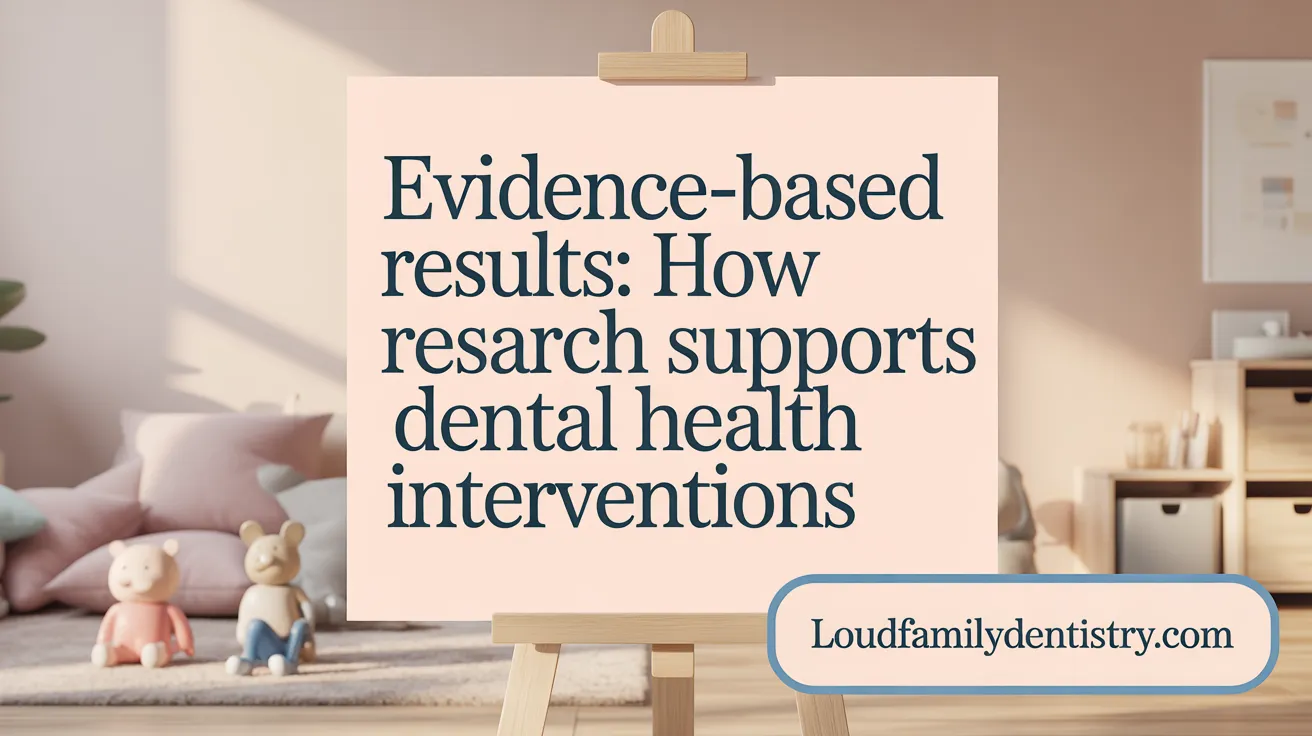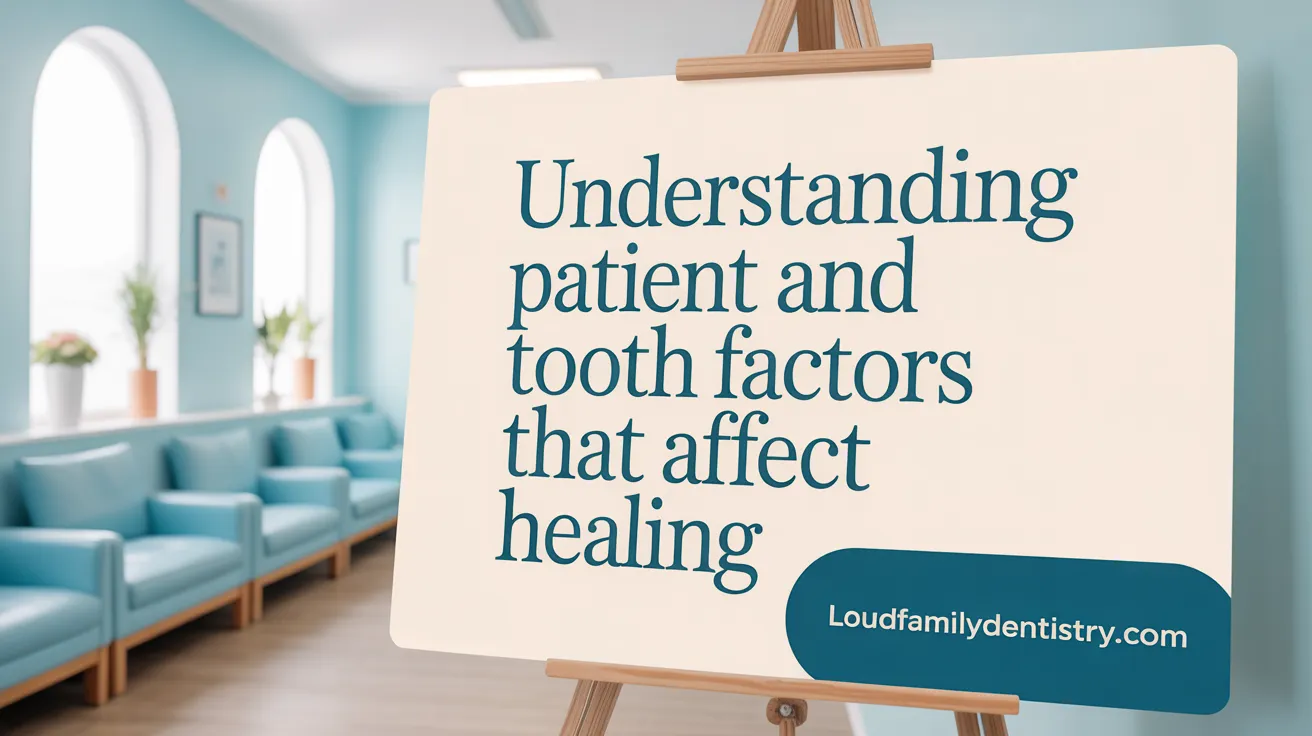Understanding Periodontal Therapy and Gum Health Recovery
Periodontal therapy plays a critical role in managing and recovering gum health in patients afflicted with gum disease, a condition affecting a significant portion of the adult population worldwide. This article delves into the recovery rates following periodontal therapy, supported by scientific evidence, clinical data, and recent advancements in treatment. We examine factors influencing treatment success, the effectiveness of various periodontal interventions, and long-term outcomes, aiming to provide a comprehensive overview of periodontal health restoration and maintenance.
Recovery Rates and Effectiveness of Periodontal Therapy
 What is the recovery rate of gum health following periodontal therapy?
What is the recovery rate of gum health following periodontal therapy?
The process of healing after periodontal treatment varies based on the type of procedure and individual health factors. Non-surgical approaches like scaling and root planing typically see significant improvement within 1 to 2 weeks if patients maintain excellent oral hygiene. Surgical options, such as flap surgeries, generally require about 4 to 6 weeks for initial healing. More invasive procedures like bone grafting and implant surgeries take several months, with ongoing care needed to maintain gains.
Treatment success rates are generally high. Non-surgical methods generally see success rates hovering around 80-90%, while surgical approaches tend to be successful in approximately 70-80% of cases. However, since periodontal disease is a chronic condition, these therapies aim mainly to control disease progression and improve gum health rather than complete regeneration.
While full tissue regeneration remains challenging, active intervention combined with good oral hygiene practices significantly reduces inflammation, stabilizes teeth, and prevents further loss.
How effective is periodontal therapy in treating gum disease, and what are the probabilities of success?
Periodontal therapy is quite effective in managing gum disease when applied correctly. Non-surgical treatments like scaling and root planing are especially successful, with overall success rates around 39-40%. The effectiveness varies depending on tooth location, with front teeth showing about 85% success, premolars approximately 78%, and molars around 47%, particularly when furcation involvement exists.
Adding adjunctive treatments, such as antibiotics or host-modulating agents, can improve outcomes. For instance, the combination of mechanical cleaning and medication can increase the success rate to as high as 80-90%. Surgical interventions often yield slightly higher success rates, approximately 70-80%, especially in more advanced or refractory cases.
Long-term success heavily depends on patient adherence to maintenance protocols and proper oral care. Consequently, while therapy can substantially control the disease and preserve teeth, complete eradication is rarely guaranteed, making ongoing management essential.
Scientific and Clinical Evidence Supporting Periodontal Therapy Outcomes

What scientific and clinical evidence supports the outcomes of periodontal therapy?
There is substantial research backing the effectiveness of periodontal therapy. Studies have documented improvements not just in traditional clinical markers but also from the patient’s perspective. True clinical endpoints such as tooth retention, reduced mobility, and enhanced comfort have been observed after treatment. For example, both non-surgical procedures like scaling and root planing and more advanced surgical techniques have demonstrated success rates often exceeding 80-90% in controlling disease progression.
Clinical trials regularly measure surrogate endpoints—these are indicators like probing pocket depth (PPD), clinical attachment level (CAL), and bleeding on probing (BOP). These serve as proxies for tissue health and healing. Reduced PPD and CAL improvements are correlated with better long-term outcomes, although they don’t always guarantee tooth preservation on their own. Validation studies confirm that decreases in pocket depth and attachment loss reliably predict true outcomes such as tooth stability and patient comfort.
Patient-reported benefits are equally important. Tools like the Oral Health Impact Profile have shown that successful therapy significantly enhances quality of life, reducing symptoms like bleeding, sensitivity, and inflammation. Many patients report greater comfort, less bleeding, and better oral function post-treatment. This combination of measurable clinical improvements and positive patient experiences offers a comprehensive picture of effective periodontal care.
Research advances also include innovative regenerative techniques, such as membranes infused with medication and growth factors, which have demonstrated promising results in promoting bone and tissue regeneration. Overall, robust clinical trials and biological research substantiate that periodontal therapy not only halts disease progression but also improves both objective clinical indicators and subjective patient outcomes.
Factors Influencing Gum Health Recovery After Periodontal Treatment

What factors influence the recovery of gum health after periodontal treatment?
The healing process following periodontal therapy is influenced by a combination of patient-related and local tooth-specific factors, as well as lifestyle and nutritional habits.
On the patient side, age plays a modest role, with older individuals experiencing slightly higher risks of tooth loss and delayed healing. Systemic health conditions such as diabetes can impair immune response and tissue regeneration, making management of these conditions crucial. Good oral hygiene practices, including regular brushing, flossing, and professional cleanings, are essential to control plaque and prevent reinfection.
Local factors, particularly those related to the individual tooth, are significant. Deep pocket probing depths (PPD ≥ 6 mm) and bleeding on probing (BOP) are associated with a higher risk of continued inflammation and eventual tooth loss. Teeth exhibiting mobility, especially degrees 2 and above, have greatly increased odds of being lost, emphasizing the importance of stabilizing compromised teeth during treatment. Furcation involvement, especially degree III, significantly raises the likelihood of tooth loss due to difficulty in cleaning and maintaining these areas.
Lifestyle and nutritional habits also play a vital role. Consuming a diet rich in proteins, vitamins A, B1, and C, supports tissue repair and immune function. Post-treatment, nutritional supplements have been shown to reduce inflammation and improve periodontal indices, which aids healing. Habitual behaviors such as smoking, alcohol consumption, and stress can negatively impact outcomes, while staying well-hydrated and avoiding harmful habits fosters better tissue recovery.
Regular follow-up visits enable the detection of early signs of relapse and facilitate timely interventions. Patient education on oral hygiene, coupled with adherence to professional care recommendations, helps optimize healing conditions. Recent advances, including biological and mechanical regenerative techniques, show promise in further improving periodontal outcomes, especially in cases with significant tissue destruction.
| Factor Type | Specific Factors | Impact on Healing |
|---|---|---|
| Patient Factors | Age, systemic health (e.g., diabetes), oral hygiene practices | Modulate immune response and tissue repair |
| Local Tooth Factors | Pocket depth, bleeding on probing, mobility, furcation involvement | Affect stability and risk of tooth loss |
| Lifestyle & Nutrition | Diet quality, supplements, habits like smoking and alcohol | Influence immune response and inflammation |
Collectively, understanding these factors allows for tailored treatment plans aimed at enhancing periodontal healing and reducing tooth loss risk. Maintaining good oral hygiene, managing systemic health, and adopting a nutritious diet are all fundamental components of successful periodontal therapy.
Long-term Results and Re-treatment Rates in Periodontal Therapy
 Studies on the longevity of periodontal treatment outcomes reveal that tooth loss remains a significant concern over time. Overall, about 4.12% of teeth were lost during the observed period, with an average of 0.14 teeth lost per patient per year over nearly seven years. Survival rates vary depending on specific clinical factors, but most teeth—especially in the mandible—have high retention probabilities, with approximately 96.7% surviving after eight years.
Studies on the longevity of periodontal treatment outcomes reveal that tooth loss remains a significant concern over time. Overall, about 4.12% of teeth were lost during the observed period, with an average of 0.14 teeth lost per patient per year over nearly seven years. Survival rates vary depending on specific clinical factors, but most teeth—especially in the mandible—have high retention probabilities, with approximately 96.7% surviving after eight years.
Long-term success depends heavily on initial disease severity and patient adherence to oral hygiene routines and maintenance visits. For instance, teeth with persistent pocket depths of 6 mm or more show a 6.81 times higher risk of loss, while increased mobility at baseline significantly raises re-treatment likelihood, with mobility degree 2 or higher increasing the risk nearly eightfold.
Regarding regenerative therapies, clinical data demonstrates promising results in maintaining tooth stability over time. Procedures involving the use of bioactive membranes coated with materials to induce faster bone regeneration have led to successful tissue repair, with over 90% of treated teeth being retained after a decade. Such outcomes highlight the potential of regenerative approaches in improving long-term survival.
Re-treatment rates tend to be influenced by patient compliance, with those adhering strictly to maintenance schedules experiencing fewer failures. Additionally, risk factors like smoking and poor systemic health can accelerate disease progression, heightening the need for additional interventions. Interestingly, a small subset of patients tends to generate the majority of treatment costs over the long term, due to frequent or complex re-treatment needs.
In conclusion, while periodontal therapy offers substantial opportunities to preserve teeth, ongoing management and individualized treatment strategies are essential to optimize long-term outcomes. Regular monitoring, patient engagement, and advanced regenerative techniques contribute to improved survival, emphasizing the importance of comprehensive care in periodontal health.
Innovations and Emerging Approaches in Periodontal Therapy

What are the recent advancements in periodontal therapy and their impact on treatment outcomes?
Recent developments in periodontal treatment have revolutionized how clinicians approach gum disease, resulting in more effective and less invasive options. Technologies like Laser-Assisted Periodontal Therapy (LANAP) enable precise removal of infected tissue with minimal damage to surrounding areas, promoting faster healing and improved patient comfort.
Photodynamic antimicrobial therapy uses light-activated compounds to target bacterial infection selectively, reducing bacteria swiftly and enhancing tissue regeneration.
Advanced air polishing devices utilize glycine or erythritol powders, providing painless, efficient plaque removal with less abrasive impact on enamel and soft tissues.
Digital tools such as 3D imaging and cone-beam computed tomography (CBCT) allow detailed visualization of bone and tissue conditions, aiding diagnosis and surgical planning.
Artificial intelligence (AI) algorithms analyze large datasets to predict disease progression and personalize treatment strategies, improving long-term outcomes.
Salivary diagnostics offer a non-invasive method to detect biomarkers linked to periodontal disease, enabling early intervention.
Regenerative techniques have evolved with the use of stem cells, platelet-rich fibrin, and growth factors to promote substantial tissue and bone regeneration. These methods aim not only to halt disease progression but also to restore the original architecture of periodontal tissues.
Host modulation therapy, which adjusts the body’s response to bacterial invasion, along with targeted antimicrobials, help manage chronic inflammation more effectively.
Telehealth platforms facilitate ongoing patient monitoring and education, ensuring treatment adherence and early detection of issues.
Collectively, these innovations have made periodontal therapy more precise, minimally invasive, and tailored to individual patient needs, substantially improving healing times and success rates.
Summary and Future Directions in Periodontal Health Recovery
Periodontal therapy remains a cornerstone in managing gum disease, with a wealth of scientific and clinical evidence demonstrating its effectiveness in improving and maintaining gum health. Recovery rates vary based on treatment modality and individual patient factors, with high success rates achievable through diligent oral hygiene and professional care. Understanding the multitude of factors influencing healing, from local tooth conditions to patient systemic health and lifestyle, is essential for optimizing outcomes. Long-term data underscore the necessity of ongoing maintenance and re-treatment in many cases, while emerging technologies and biological innovations promise enhanced regenerative capabilities and personalized therapy options. Future research and clinical practice will continue to refine periodontal treatment strategies, improving both patient quality of life and systemic health through better gum disease management.
References
- Tooth loss during long-term periodontal therapy in ...
- Improvement in periodontal healing after ...
- About Periodontal (Gum) Disease | Oral Health
- Success Rates of Periodontal Treatment
- Promising new treatment could regenerate gum tissue and ...
- Top 5 Benefits of Periodontal Therapy For Gum Disease
- Success of non‐surgical periodontal therapy in adult ...
- Gum Disease Treatment
- Treating chronic periodontitis: current status, challenges ...
- Success Rates of Periodontal Treatment
